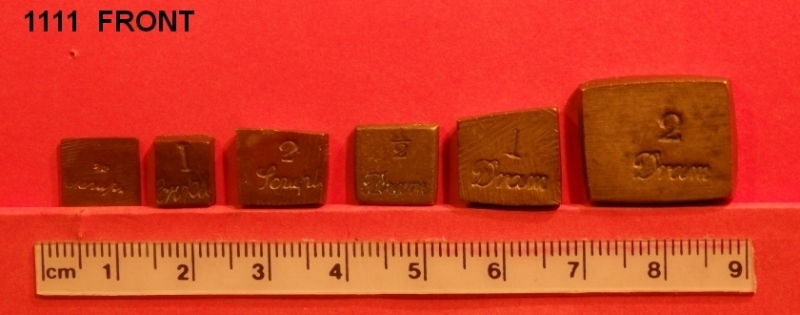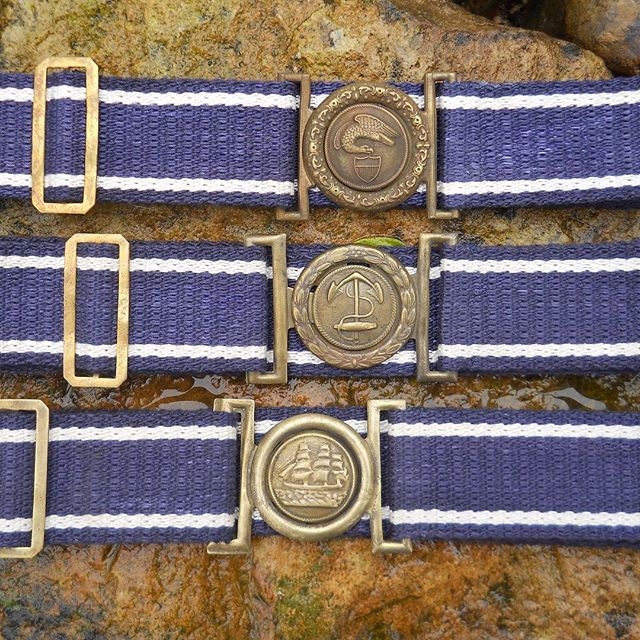-
Posts
45 -
Joined
-
Last visited
Content Type
Forums
Detector Prospector Home
Detector Database
Downloads
Everything posted by caprock
-
That Henry Clay piece is AWESOME, way better than a coin in my opinion. Henry Clay presidential face pipes also turn up on occasion in foothill gold camps, they were in manufacture from 1850-55
-
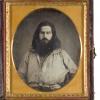
Button Identification Help (very Unusual)
caprock replied to dogodog's topic in Metal Detecting For Coins & Relics
Art, that is AWESOME thank you so much!! -

Button Identification Help (very Unusual)
caprock replied to dogodog's topic in Metal Detecting For Coins & Relics
Art, can you translate this banner, it is from a circa 1852 store in Michigan Flat Ca, run by the Stanfords. Would be greatly appreciated. It is the only photographic evidence that at least in this case, white miners catered to the local Chinese needs. -

Button Identification Help (very Unusual)
caprock replied to dogodog's topic in Metal Detecting For Coins & Relics
Dog i edited my previous post, with dates. -

Button Identification Help (very Unusual)
caprock replied to dogodog's topic in Metal Detecting For Coins & Relics
Great research Dog! Keep up the good work! Here's another version from a California gold camp Dog, just curios what period are most of the finds from your house site. The California sites are 1850s-80s, but hold older items as well> -

Button Identification Help (very Unusual)
caprock replied to dogodog's topic in Metal Detecting For Coins & Relics
I found similar button in California. Some believe it is related to the Odd Fellows, not sure. Have seen a match safe with same pattern also. -
Hi Goldpick, ran your buckle past a group of experts that hunt the California goldfields and hunt primarily for tongue and wreath buckles. No one is familiar with this one, but the concensus is that it is not American, but most likely Mexican, notice what appears to be cactus below the eagle. In addition, this style of buckle, as do most tongue and wreath buckles, pre-date the American Civil War, and in our goldfields in California are most commonly associated with pre 1860 sites. Perhaps that buckle has some association with the late 1840s Mexican-American War. If I learn more, I'll let you know.
-
Yerks and Plumb Company 1869-87
-
Gold Seeker by Jean-Nicolas Perlot The Gold Rush Diary of Ramon Gil Navarro John Doble's Journal & Letters From the Mines The Journal Of Alfred Doten 1849-1903 Gold: History & Genesis Of Deposits by Boyle
-
-
British made Sportsman's Jacket from 1850s,, sometimes found in goldfields of California and Australia A single jacket had wide variety of animals.
-

Fault Lines, How To Find Them?
caprock replied to tvanwho's topic in Rocks, Minerals, Gems & Geology
No problem Chris, thanks for clarification. -

Fault Lines, How To Find Them?
caprock replied to tvanwho's topic in Rocks, Minerals, Gems & Geology
Chris, My info comes from an exploration guide written by Charles Clifton and Larry Buchanan in 1982 (photo 15). Clifton's caption reads "Resistant ledge, hanging wall, Comstock lode, Virginia City,Nevada." Don't think he was implying it was the hanging wall, but in the hanging wall. Either way I've never been in a room with more than one geologist (me included) that interpreted things the same way. lol -

Fault Lines, How To Find Them?
caprock replied to tvanwho's topic in Rocks, Minerals, Gems & Geology
Get a good geologic map of your area. In the field look for changes in rock type, color changes can be reddish or bleached white, look for vein material, breccias, or shattered rock, also springs and seeps are good indicators, oxidation in some cases Depending on conditions they can form a topographic high if silicified and resistant to erosion, or a low if dominated by crushed rock that is easily eroded. Here's a couple from Nevada, where all the geology is easily observed. third photo is silicified rock in the hanging wall of Comstock fault zone Virginia City -

California Flooding?
caprock replied to Reno Chris's topic in Gold Panning, Sluicing, Dredging, Drywashing, Etc
Here's mine in action circa 1977, still have it too, sentimental value, first vehicle. Doesn't run...maybe someday... -

California Flooding?
caprock replied to Reno Chris's topic in Gold Panning, Sluicing, Dredging, Drywashing, Etc
-

California Flooding?
caprock replied to Reno Chris's topic in Gold Panning, Sluicing, Dredging, Drywashing, Etc
North Fork of Cosumnes River, El Dorado County 2 hrs. ago 1 pic at Gold Beach 2nd Pic Sand Ridge Bridge -
-

No Gold , But Found This Button ?
caprock replied to Au4Gold2's topic in Metal Detecting For Coins & Relics


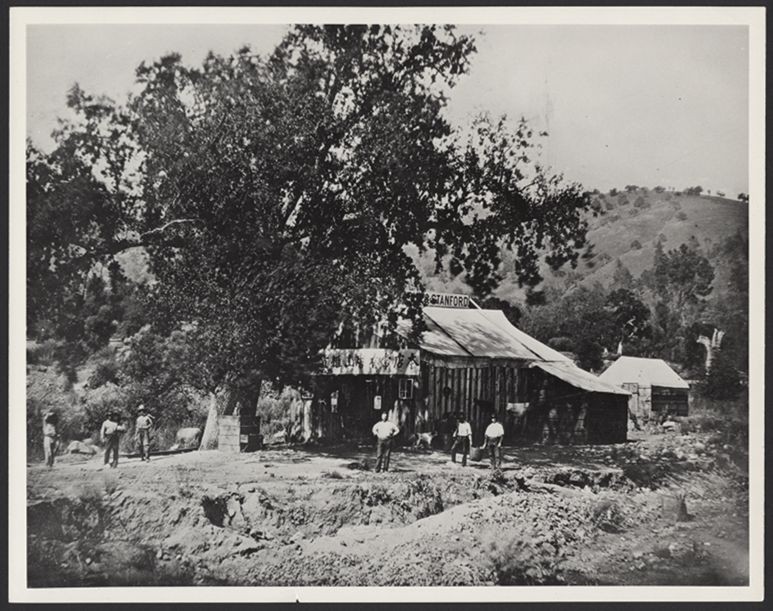
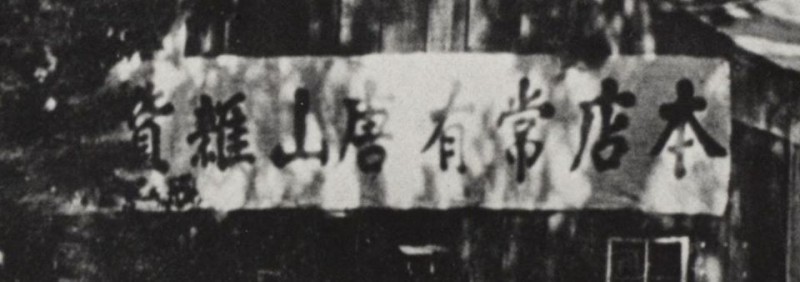

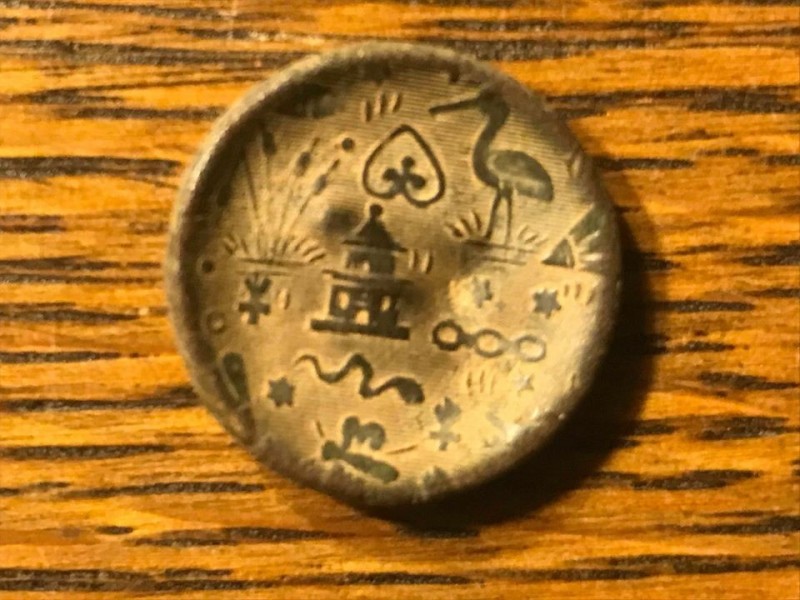
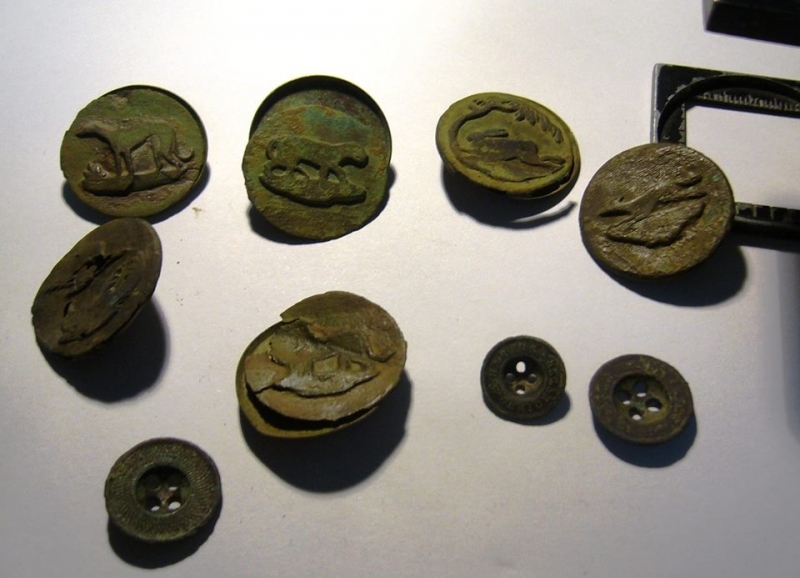
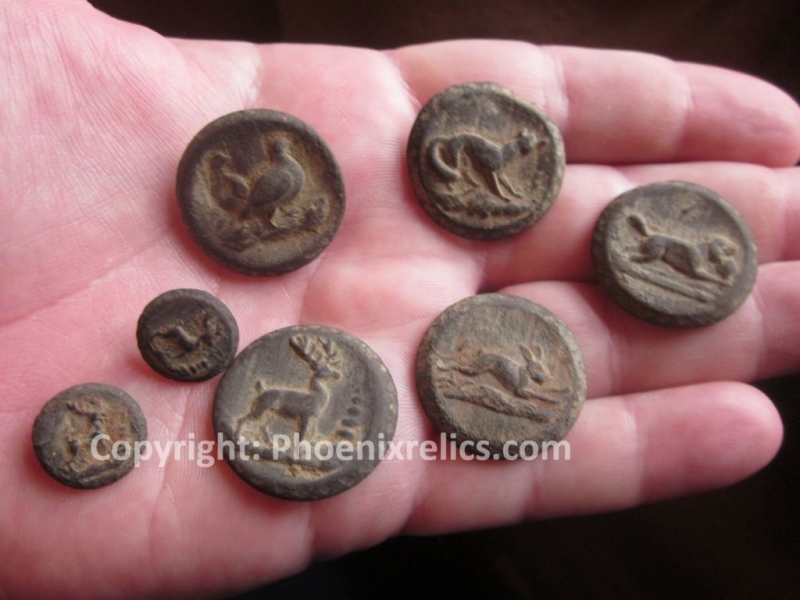
.jpg.e0f7fff22b17d7531ff3fbf4533693e4.jpg)
